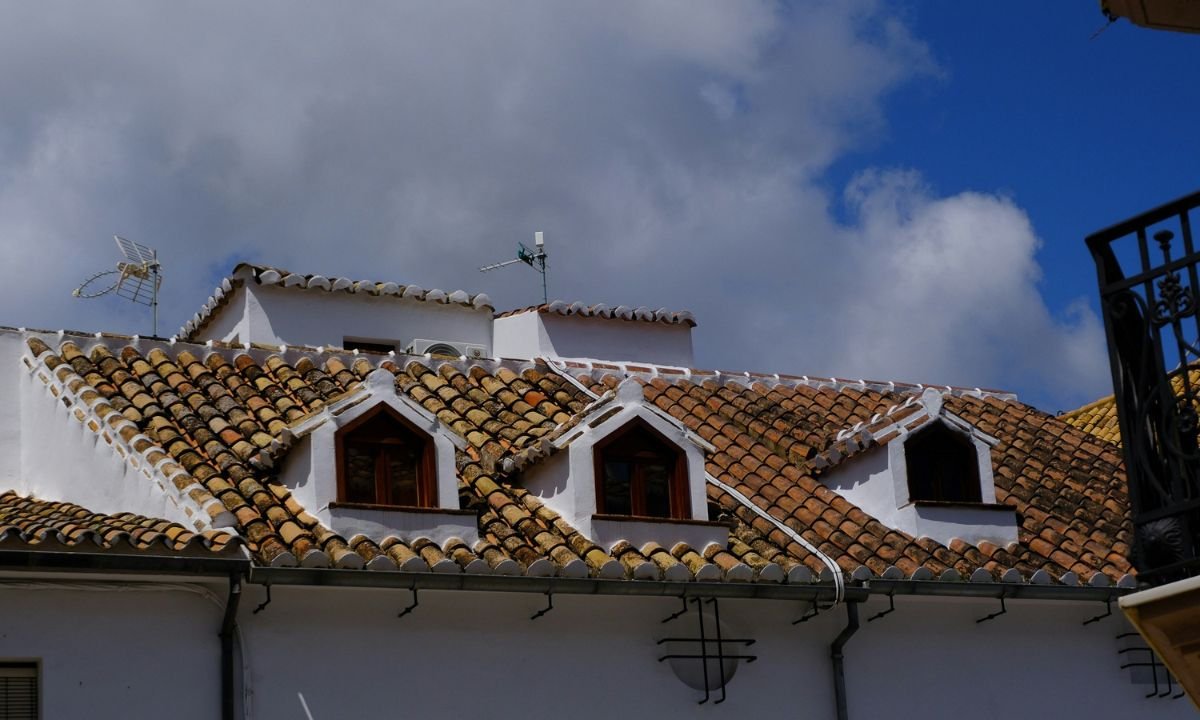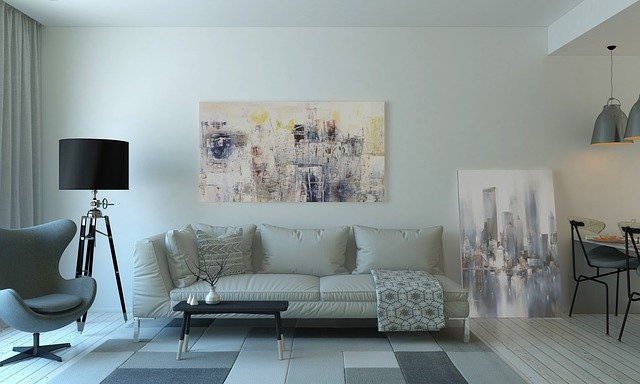Imagine stepping into a 19th-century Venetian studio, the air thick with the scent of linseed oil and turpentine. On the easel rests a canvas bursting with vibrant silks, intricate patterns, and the warm glow of an imagined Eastern sun. This was the world of Giovanni Gessolini, an artist whose captivating depictions of the “Orient” offer a mesmerizing, if complex, glimpse into a bygone era. Ever heard of him? You’re not alone. Yet, Gessolini’s work holds a unique charm that deserves rediscovery. Let’s journey into the life and legacy of this overlooked Venetian painter.
Why Giovanni Gessolini Matters Today
Gessolini’s art isn’t just about pretty pictures; it’s a fascinating artifact of cultural exchange, artistic trends, and colonial imagination prevalent in 19th-century Europe. Studying his work helps us understand:
- The Allure of the “Orient”: Why were European artists and audiences so obsessed with depicting the Middle East and North Africa?
- Venetian Art Beyond the Canaletto Cliché: Venice wasn’t just about gondolas and grand canals; it had a vibrant, diverse art scene.
- The Power (and Pitfalls) of Artistic Interpretation: Gessolini painted scenes he likely never witnessed firsthand, relying on second-hand accounts and imagination. His work reflects Western fantasies as much as Eastern realities.
Unpacking the Gessolini Enigma: Life and Times
Born in Venice in 1848, Giovanni Gessolini came of age during a period of immense change. Italy was unifying, travel was becoming easier, and Europe was gripped by “Orientalism” – a fascination with the cultures of the Ottoman Empire, North Africa, and the Middle East.
- The Venetian Crucible: Venice, with its rich history of trade with the East (think Marco Polo!), was a natural breeding ground for Orientalist art. The city’s light, color, and connection to water seemed to resonate with imagined Eastern landscapes.
- Academic Training: Gessolini studied at the prestigious Accademia di Belle Arti in Venice, mastering the technical skills of draftsmanship, composition, and oil painting – skills evident in his detailed works.
- Travels or Tales? It’s unclear how much Gessolini actually traveled to the regions he depicted. Like many Orientalist painters, he likely relied heavily on:
- Travelogues and photographs brought back by explorers.
- Imported textiles, ceramics, and artifacts (popular collector’s items).
- Models in Venetian studios dressed in “exotic” costumes.
- The works of other, more traveled artists.
The Hallmarks of Gessolini’s Orientalist Vision
Step into one of Gessolini’s paintings, and you’re instantly transported. His work is characterized by:
- Rich, Saturated Color Palettes: Think deep reds, shimmering golds, emerald greens, and vibrant blues. He used color to evoke heat, luxury, and sensuality.
- Intricate Detail: From the patterns on a rug or tile to the embroidery on a robe, Gessolini delighted in capturing textures and ornamentation. This attention to detail aimed for an illusion of authenticity.
- Dramatic Lighting: Often employing strong chiaroscuro (contrasts of light and dark), he illuminated central figures or intimate scenes against darker backgrounds, creating a sense of mystery and drama.
- Recurring Themes:
- The Harem: A staple of Orientalist fantasy, depicting secluded female spaces. Gessolini’s versions often emphasize beauty, leisure, and a quiet sensuality.
- Market Scenes & Street Life: Bustling depictions of bazaars, traders, and everyday (though idealized) moments.
- Portraits: Captivating studies of individuals, often emphasizing distinctive clothing and perceived “types.”
- Interiors: Luxuriously furnished rooms, showcasing architectural details and opulent décor.
Comparing Gessolini’s Orientalist Themes:
| Theme | Typical Gessolini Approach | Notes on Interpretation |
| The Harem | Serene, beautiful, often languid figures; focus on textiles and interior luxury. | Reflects Western fantasy, not historical reality of diverse harem functions. |
| Market Scenes | Bustling, colorful, detailed depictions of goods and traders; vibrant atmosphere. | Often romanticized, downplaying harsher realities of poverty or colonial dynamics. |
| Portraits | Focus on costume, dignified (sometimes exoticized) poses, striking features. | Provides stylized representations of perceived cultural “types.” |
| Interiors | Opulent, geometrically patterned tiles & walls, rich fabrics, intricate details. | Showcases artistic skill & fascination with Islamic design, often imagined. |
Read also: Extending the Life of Your Paint Job with Aerosol Clear Coat
Gessolini’s Place in the Orientalist Movement: Among Giants… and Shadows
Orientalism was huge. Think of superstar painters like Jean-Léon Gérôme (France) or Ludwig Deutsch (Austria). Gessolini wasn’t quite in that stratospheric league of fame or market value during his lifetime or after. So, where does he fit?
- The Venetian Flavor: Compared to the often sharper, more academic style of Gérôme, Gessolini’s work sometimes feels softer, perhaps influenced by the Venetian light and coloristic tradition. His figures can possess a gentle elegance.
- Quality Within the Niche: While not the most revolutionary, Gessolini was a highly competent and prolific painter within the Orientalist genre. His works were commercially successful, appealing to European buyers hungry for exotic escapism.
- The Challenge of Rediscovery: Many competent 19th-century artists like Gessolini fell into obscurity as tastes changed. The critical reassessment of Orientalism in the late 20th century (thanks largely to Edward Said’s seminal work) also complicated their legacy, shifting focus to the power dynamics embedded in the imagery.
Seeing Gessolini’s World: Where to Find His Art Today
Gessolini may not have a dedicated museum wing, but his paintings are out there! You can find them in:
- Italian Museums: Regional galleries, particularly in Venice and surrounding areas, sometimes hold his works in their 19th-century collections (e.g., Galleria Internazionale d’Arte Moderna di Ca’ Pesaro, Venice).
- Auction Houses: His paintings regularly appear in sales by major houses like Sotheby’s, Christie’s, and Bonhams, often fetching respectable prices reflecting his niche appeal.
- Private Collections: Many works remain in private hands, occasionally loaned to exhibitions.
- Online Repositories: Websites specializing in art sales (like Invaluable or LiveAuctioneers) and museum databases are good places to search for images and provenance.
Why Revisit Gessolini Now? Beyond the Exotic Surface
Looking at Gessolini today isn’t just about appreciating pretty Oriental scenes. It’s an opportunity for critical engagement:
- Understanding Cultural Perception: His paintings are primary sources revealing how 19th-century Europeans viewed and imagined the East. They are documents of fascination, stereotype, and sometimes, misunderstanding.
- Appreciating Artistic Craft: Regardless of the subject matter’s complexities, Gessolini was a skilled painter. His command of color, composition, and detail deserves recognition.
- Confronting Orientalism’s Legacy: His work allows us to discuss the problematic aspects of the genre – the exoticization, the passive depictions, the colonial gaze – in a tangible way. It sparks conversations about representation and power in art.
- Rescuing from Obscurity: Art history is richer when we remember more than just the top tier. Gessolini represents a whole stratum of talented artists who catered to popular tastes of their time.
Bringing Gessolini into Focus: Your Takeaway
Giovanni Gessolini offers a captivating, complex portal into the 19th-century European imagination. His vibrant depictions of an idealized East are beautiful historical artifacts, showcasing technical skill while simultaneously embodying the fantasies and biases of his era.
Here’s what you can do next:
- Explore Online: Search for “Giovanni Gessolini paintings.” See the richness of color and detail for yourself. Look for his works on museum and auction house websites.
- Look Closely: When you see an Orientalist painting, ask yourself: What story is it really telling? Whose perspective does it represent? What details seem authentic, and which seem imagined?
- Visit Museums Mindfully: If you’re in a museum with 19th-century European art, keep an eye out for Orientalist works, including perhaps a Gessolini. Read the labels – are they addressing the complexities of the genre?
- Reflect on Representation: Gessolini’s art reminds us how powerful images are in shaping perceptions of other cultures. Consider how representation works in art and media today.
Who is your favorite “forgotten” artist from history, and why do you think their work deserves a second look? Share your thoughts below!
FAQs
- Q: What kind of art did Giovanni Gessolini paint?
A: Gessolini primarily painted in the Orientalist style, depicting scenes inspired by the Middle East and North Africa – harems, markets, portraits, and opulent interiors – characterized by rich colors and intricate detail. - Q: Was Giovanni Gessolini famous during his lifetime?
A: He was commercially successful and well-known within the niche market for Orientalist art, particularly in Italy, but he never achieved the widespread international fame of giants like Jean-Léon Gérôme. - Q: Did Gessolini actually travel to the places he painted?
A: It’s unclear. Like many Orientalist painters, he likely relied heavily on travel accounts, photographs, imported artifacts, and studio models wearing costumes, rather than extensive firsthand travel. - Q: Where can I see Giovanni Gessolini’s paintings today?
A: His works appear in some Italian regional museums (like Ca’ Pesaro in Venice), frequently come up for auction at major houses (Sotheby’s, Christie’s, Bonhams), and reside in private collections. Online auction databases are a good resource. - Q: Why is Giovanni Gessolini considered part of the problematic “Orientalist” movement?
A: Orientalist art often presented romanticized, exoticized, and sometimes inaccurate depictions of Eastern cultures, reflecting Western colonial fantasies and power dynamics rather than authentic realities. Gessolini’s work participates in this tradition. - Q: Is Giovanni Gessolini’s art valuable?
A: Yes, his paintings regularly sell at auction, often fetching prices in the tens of thousands of dollars (sometimes more for exceptional pieces), reflecting steady collector interest in quality Orientalist works. - Q: What makes Gessolini’s style distinctive within Orientalism?
A: Compared to some contemporaries, his work often displays a slightly softer touch, perhaps influenced by Venetian color traditions, with a focus on elegant figures and sumptuous textures within his detailed scenes.
You may also like: Ancient Artz of Civilization: A Journey Through Time











